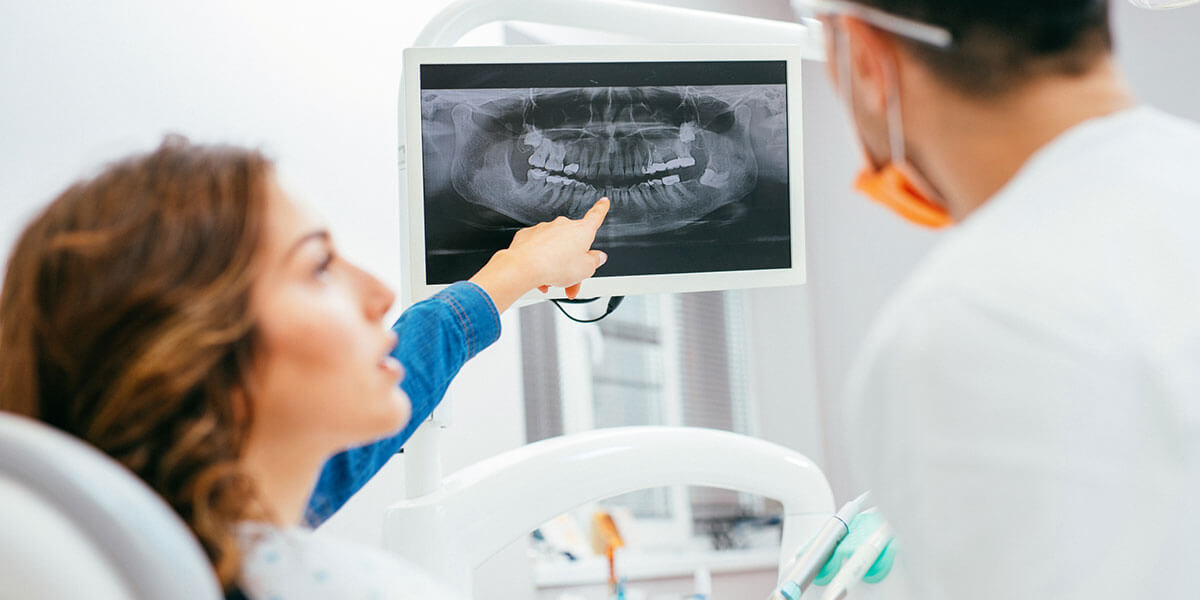Exploring the Depths: A Comprehensive Guide to X-ray Machines
X-ray machines have revolutionized the way we perceive and understand the human body, materials, and objects. Employing electromagnetic radiation to penetrate and capture internal structures, these devices have become indispensable tools in medicine, industry, and security. This article delves into the workings, applications, and advancements of X-ray machines, shedding light on their significance in various fields.
The Genesis of X-rays: Wilhelm Roentgen’s Discovery
At the close of the 19th century, German physicist Wilhelm Roentgen stumbled upon a groundbreaking phenomenon while experimenting with cathode rays. This accidental discovery marked the birth of X-rays, revealing their ability to pass through solid objects and create images on photographic plates. Roentgen’s work laid the foundation for a technology that would redefine diagnostics and imaging.
How X-ray Machines Work: Harnessing the Power of Electromagnetic Waves
X-ray machines operate on the principle of electromagnetic radiation. These machines emit X-rays, a form of ionizing radiation, which can penetrate materials and tissues to varying degrees. Dense structures, such as bones, absorb more X-rays, creating contrasting images on detectors. The resulting images provide valuable insights into the internal composition of the subject being examined.
Medical Marvels: X-ray Imaging in Healthcare
One of the most prominent applications of X-ray machines is in the field of medicine. Radiography, fluoroscopy, and computed tomography (CT) scans utilize X-rays to visualize internal structures, diagnose injuries, and detect diseases. From identifying fractures to locating tumors, X-ray imaging has become a cornerstone in medical diagnostics, enabling healthcare professionals to make informed decisions about patient care.
Beyond the Body: Industrial Applications of X-ray Machines
X-ray machines play a crucial role in non-destructive testing (NDT) within various industries. From inspecting welds in manufacturing to ensuring the structural integrity of aircraft components, industrial X-ray machines provide a non-invasive means of quality control. Their ability to uncover hidden flaws and defects has made them indispensable in maintaining safety standards and product reliability.
Security Screening: X-rays in Public Safety
In the realm of security, X-ray machines are employed for baggage and cargo inspection at airports, seaports, and border crossings. These machines can identify prohibited items, such as weapons or explosives, helping to maintain public safety. The technology continues to evolve, with advancements in artificial intelligence enhancing the ability to automatically detect and analyze potential threats.

Challenges and Innovations: Pushing the Boundaries of X-ray Technology
While X-ray machines have proven invaluable, they are not without challenges. Concerns about ionizing radiation exposure and the need for high-quality imaging persist. Ongoing research focuses on developing safer technologies, such as low-dose X-ray imaging and alternative imaging modalities. Innovations in detector technology, machine learning, and 3D imaging are reshaping the landscape of X-ray applications.
The Evolution of X-ray Machines: From Analog to Digital Imaging
Over the years, X-ray technology has transitioned from traditional analog film to advanced digital imaging. Digital X-ray systems offer several advantages, including faster image acquisition, enhanced image manipulation, and reduced radiation exposure. This shift has not only improved diagnostic accuracy but has also streamlined workflows in medical and industrial settings.
Radiation Safety: Striking the Balance Between Benefit and Risk
While X-rays have revolutionized diagnostics, concerns about ionizing radiation exposure persist. Striking a balance between the benefits of accurate imaging and potential risks is crucial. Ongoing efforts focus on optimizing imaging protocols, utilizing dose-reduction techniques, and educating healthcare professionals and technicians on radiation safety practices.
Portable X-ray Machines: Mobilizing Diagnostic Capabilities
The advent of portable X-ray machines has brought diagnostics to the patient’s bedside. In medical emergencies or remote locations, these compact devices enable healthcare professionals to obtain critical imaging without transporting the patient. Portable X-ray units are also invaluable in field applications, such as disaster response and military medical missions.
X-ray Artifacts and Image Interpretation: Navigating the Challenges
Interpreting X-ray images requires expertise to identify and differentiate normal structures from abnormalities. Artifacts, unwanted distortions or anomalies in the image, can complicate interpretation. Understanding and mitigating these artifacts are crucial for accurate diagnostics. Ongoing training programs ensure that radiologists and technicians stay adept at recognizing and addressing these challenges.
Future Frontiers: Tomorrows’ X-ray Technologies
As technology marches forward, researchers are exploring novel approaches to enhance X-ray imaging. Quantum imaging, phase-contrast X-ray imaging, and spectral imaging are among the emerging technologies promising improved contrast, reduced radiation dose, and enhanced diagnostic capabilities. These innovations hold the potential to reshape the landscape of medical and industrial imaging in the coming years.
Ethical Considerations: Balancing Innovation and Patient Welfare
The rapid evolution of X-ray technology prompts ethical considerations. Striking a balance between innovation and patient welfare is crucial. Ensuring that new technologies are rigorously tested for safety and efficacy, coupled with ethical guidelines, is essential to prevent unintended consequences and prioritize the well-being of individuals undergoing X-ray examinations.
Conclusion: Radiating Progress and Responsibility
X-ray machines continue to radiate progress across diverse fields, illuminating the inner workings of the human body, materials, and objects. As we stride into the future, it is imperative to embrace technological advancements responsibly, considering the ethical, safety, and societal implications. With ongoing research and thoughtful implementation, X-ray machines will continue to be beacons of discovery, pushing the boundaries of what we can reveal and understand.
X-ray machines have come a long way since Wilhelm Roentgen’s serendipitous discovery. From medical diagnostics to industrial quality control, these devices have become indispensable in a multitude of fields. As technology advances, the future holds promise for safer, more efficient X-ray imaging techniques, ensuring that the invisible continues to be unveiled for the betterment of humanity.



